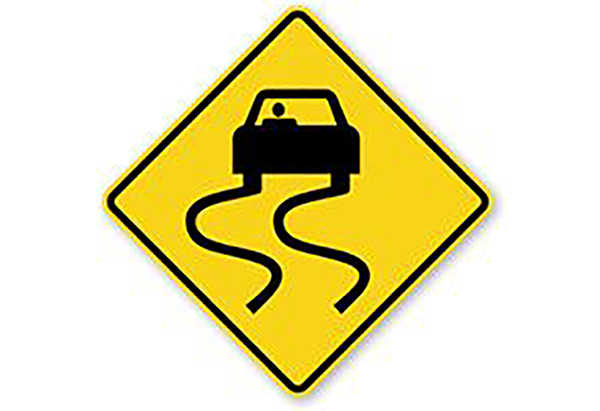Guilford County Emergency Services staff had their hands full thanks to the tremendous amount of snow dumped on the county and its roads on Sunday, Dec. 9.
Guilford County Emergency Management Director Don Campbell said Sunday afternoon that at that time there were just under 3,000 power outages in the county.
He said that between 7 and 13 inches of snow had been reported throughout various parts of Guilford County. The bad news is that many residents didn’t listen to the advice to stay off roads – advice given in a declaration of a State of Emergency issued Sunday morning.
“The biggest issue thus far has been transportation accidents,” Campbell said, adding that no other major issues had come up.
Guilford County Emergency Services Director Jim Albright is another county official who had his hands full Sunday thanks to the winter storm named Diego. From midnight – about the time the snow first hit the county – until 4 p.m. Sunday, Emergency Services had run 153 calls, which Alright said was high for a 16-hour period.
There were a lot fewer cars on the roads than usual, but of course the ice and snow create a multitude of problems that require Emergency Services.
“It is a little of everything – slips, trips and falls [or other] accidents, but it’s also folks not being able to get to the hospital,” he said.
Other parts of the state got hit worse than Guilford County.
As of noon Sunday, Duke Energy reported 240,000 outages – 170,000 in North Carolina and 70,000 in South Carolina. The company had restored power to about 80,000 of those customers by Sunday afternoon.
“We appreciate the patience of our customers, who are personally dealing with the impacts of the storm,” stated Duke Energy Storm Director Jason Hollifield in a press release. “We are working as quickly and safely as possible to restore power to our affected areas.”
Greensboro Mayor Nancy Vaughan caused quite a stir in October when she tweeted about what she took to be the slow response of Duke Energy to restore power after a tropical storm blew through the city.
According to Duke Energy, the counties hardest hit by Diego in North Carolina were Buncombe, Haywood, Henderson, Jackson, Macon, Mecklenburg, Polk, Rutherford, Transylvania and Wake counties.


I LOVE the snow, it makes up for all the misery of the summer heat and humidity. Suck it up and enjoy.